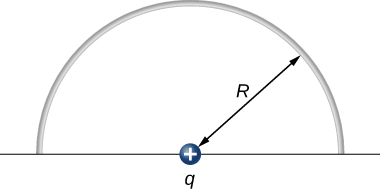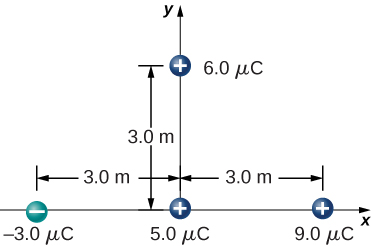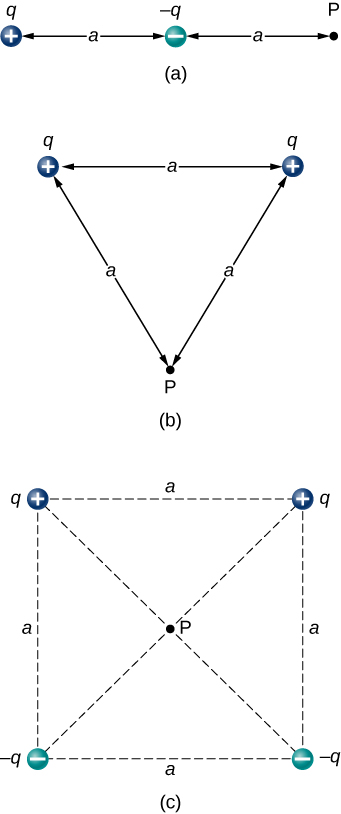Additional Problems
Point charges and are located at and . What is the force of
What is the force on the charge placed at the center of the square shown below?
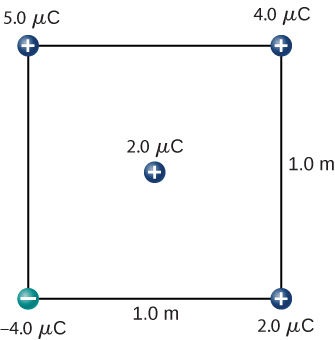
Four charged particles are positioned at the corners of a parallelogram as shown below. If and what is the net force on q?

A charge Q is fixed at the origin and a second charge q moves along the x-axis, as shown below. How much work is done on q by the electric force when q moves from
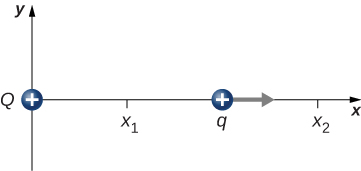
A charge is released from rest when it is 2.0 m from a fixed charge What is the kinetic energy of q when it is 1.0 m from Q?
What is the electric field at the midpoint M of the hypotenuse of the triangle shown below?
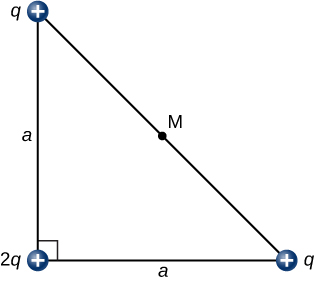
(a) What is the electric field at the lower-right-hand corner of the square shown below? (b) What is the force on a charge q placed at that point?
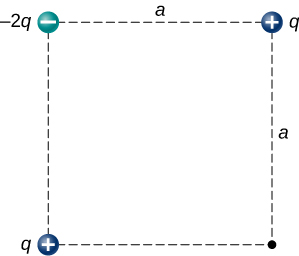
Point charges are placed at the four corners of a rectangle as shown below: and What is the electric field at P?
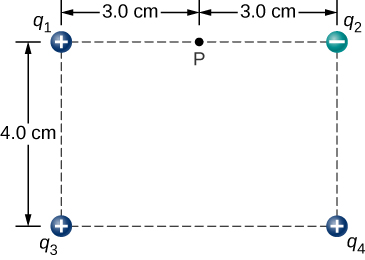
Three charges are positioned at the corners of a parallelogram as shown below. (a) If what is the electric field at the unoccupied corner? (b) What is the force on a charge placed at this corner?
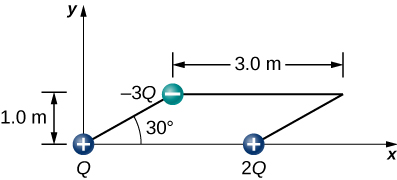
A positive charge q is released from rest at the origin of a rectangular coordinate system and moves under the influence of the electric field What is the kinetic energy of q when it passes through
A particle of charge and mass m is placed at the center of a uniformaly charged ring of total charge Q and radius R. The particle is displaced a small distance along the axis perpendicular to the plane of the ring and released. Assuming that the particle is constrained to move along the axis, show that the particle oscillates in simple harmonic motion with a frequency
Charge is distributed uniformly along the entire y-axis with a density and along the positive x-axis from with a density What is the force between the two distributions?
The circular arc shown below carries a charge per unit length where is measured from the x-axis. What is the electric field at the origin?
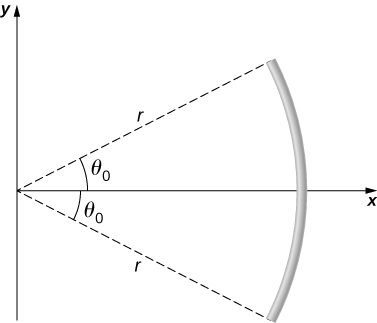
Calculate the electric field due to a uniformly charged rod of length L, aligned with the x-axis with one end at the origin; at a point P on the z-axis.
The charge per unit length on the thin rod shown below is What is the electric force on the point charge q? Solve this problem by first considering the electric force on q due to a small segment of the rod, which contains charge Then, find the net force by integrating over the length of the rod.
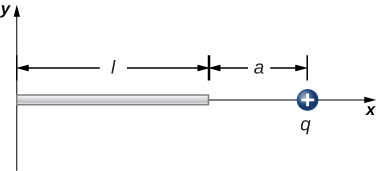
The charge per unit length on the thin rod shown here is What is the electric force on the point charge q? (See the preceding problem.)
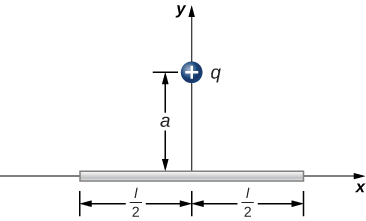
The charge per unit length on the thin semicircular wire shown below is What is the electric force on the point charge q? (See the preceding problems.)
